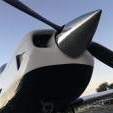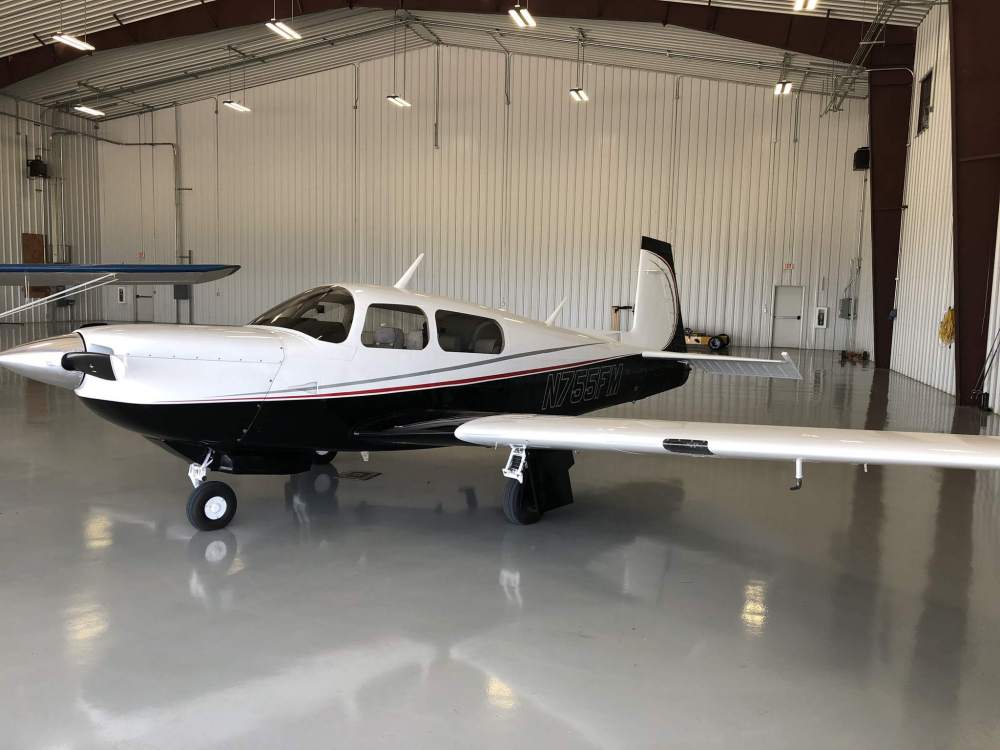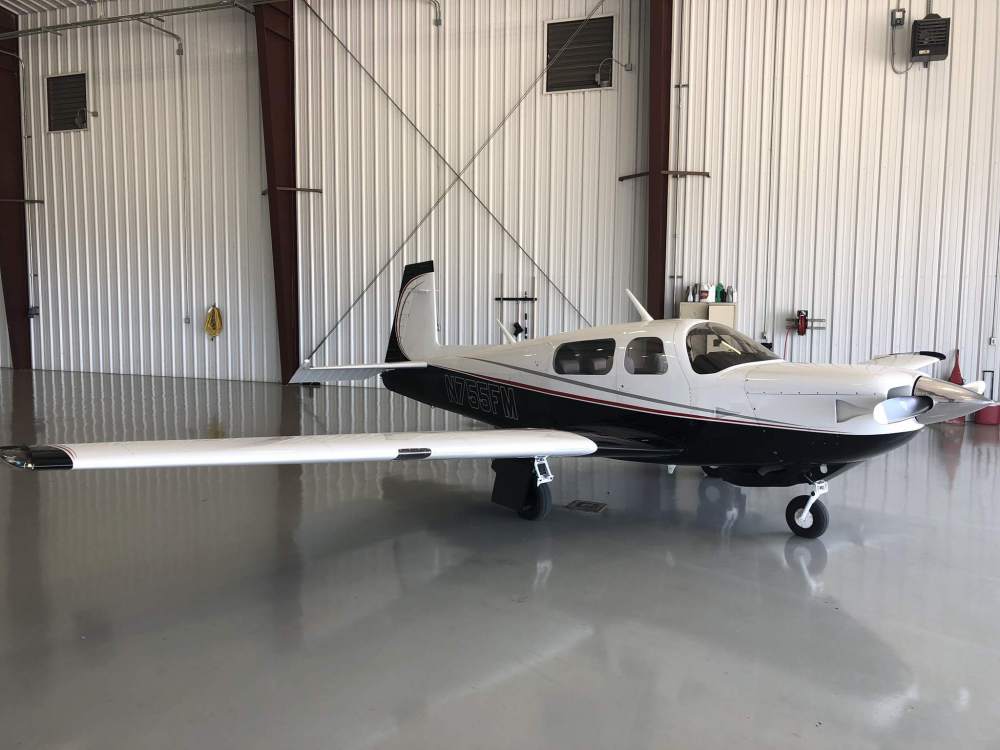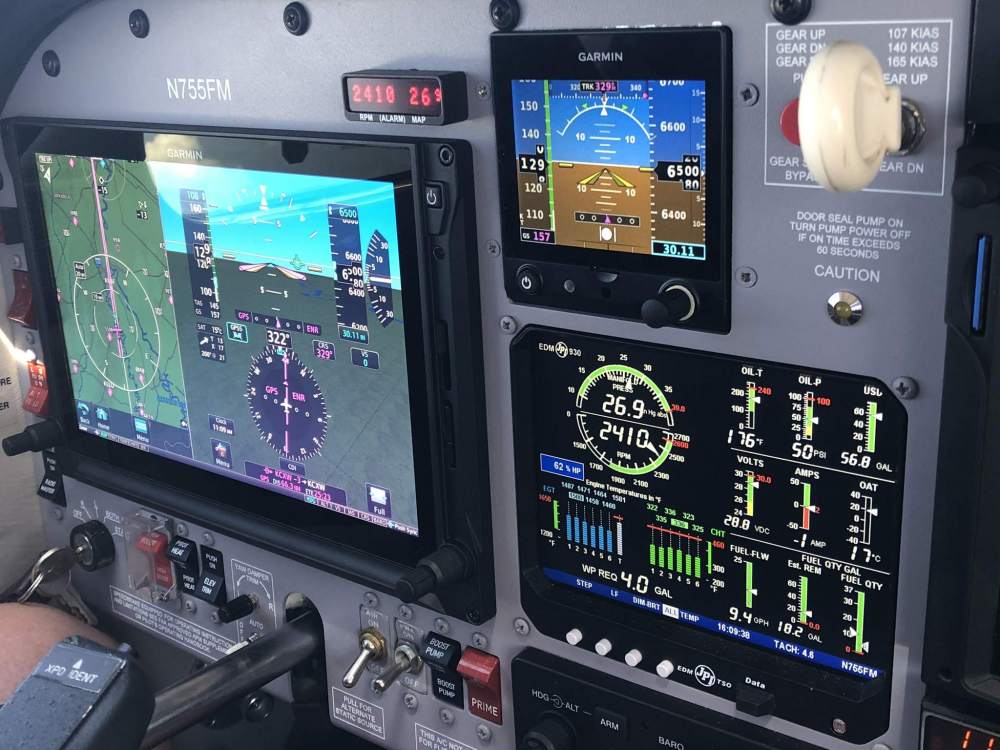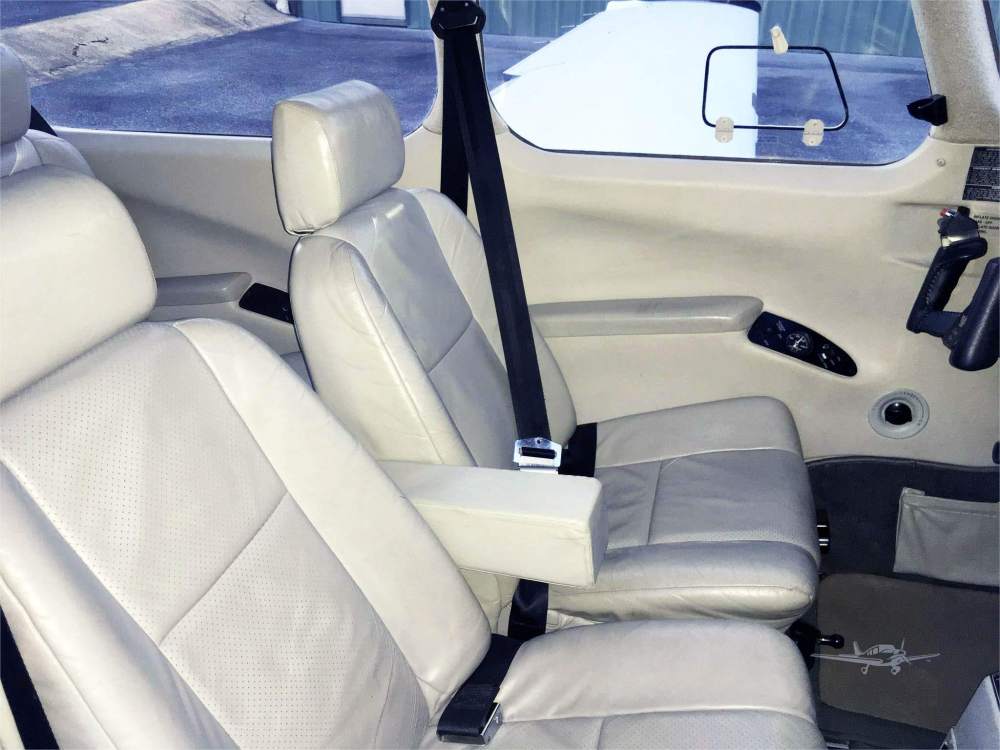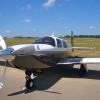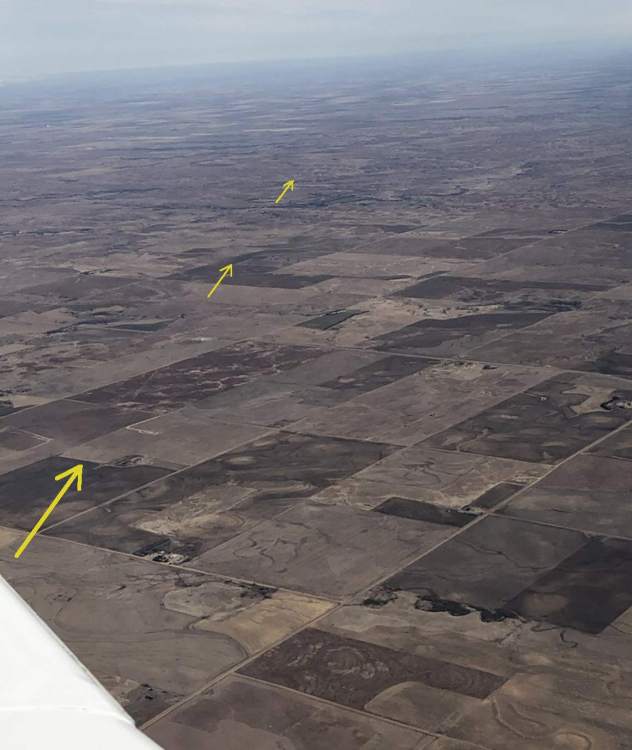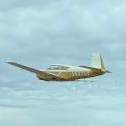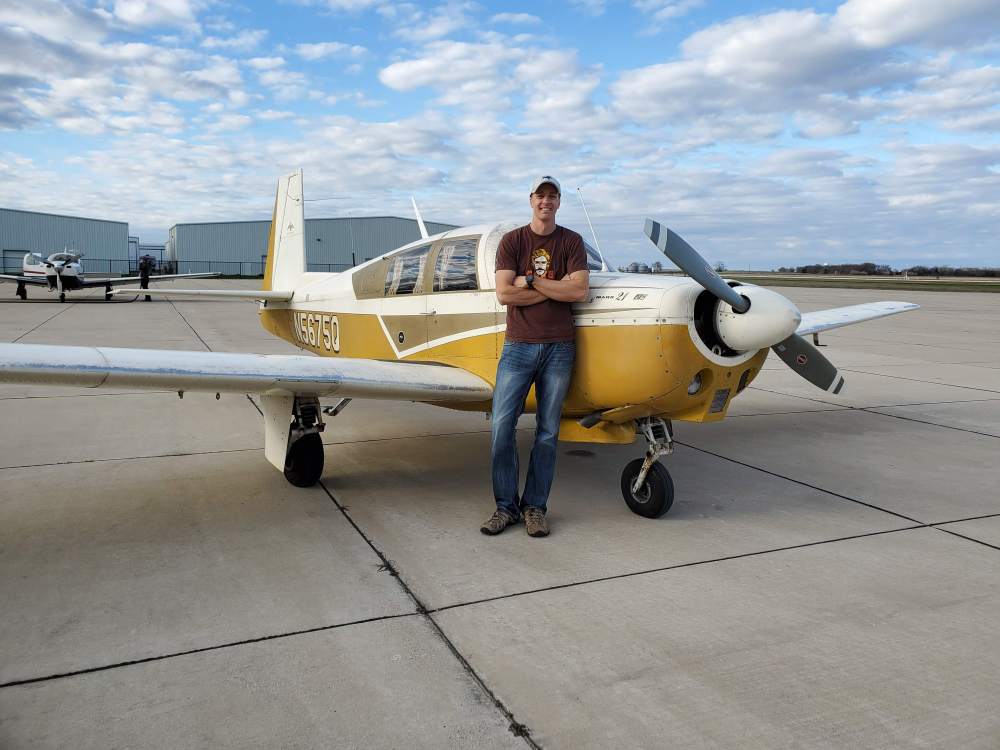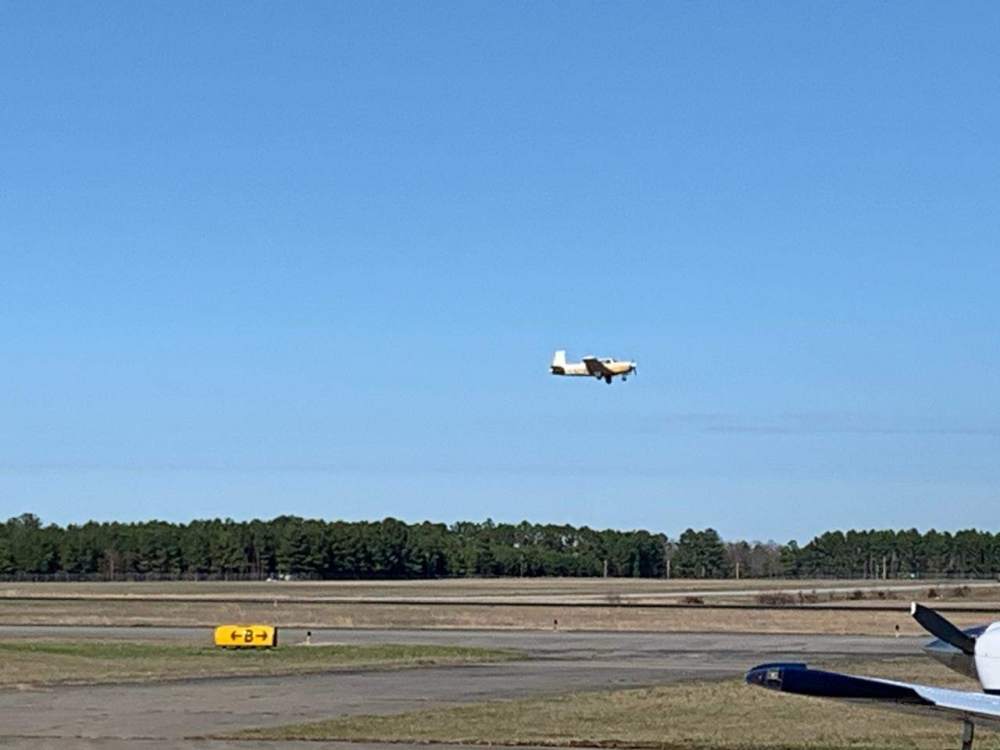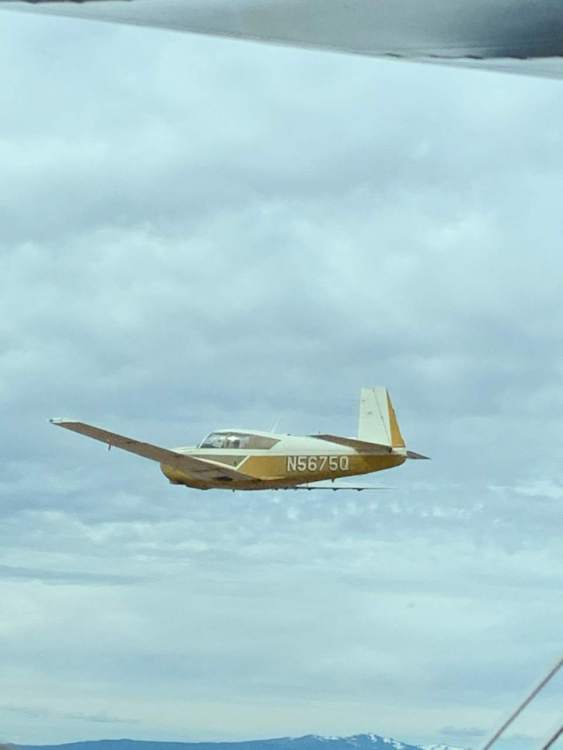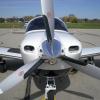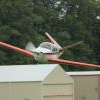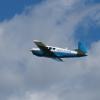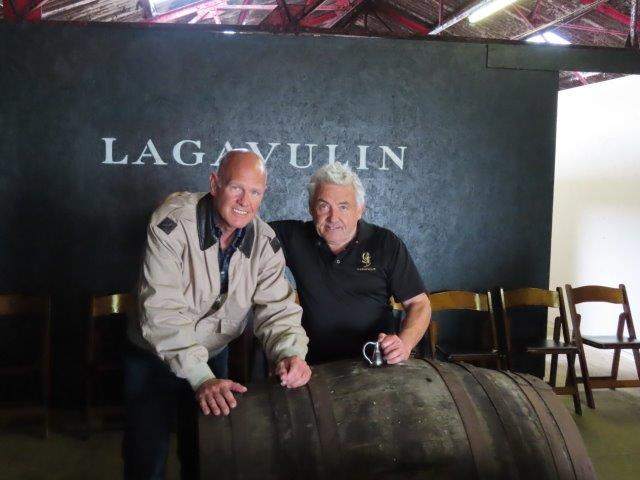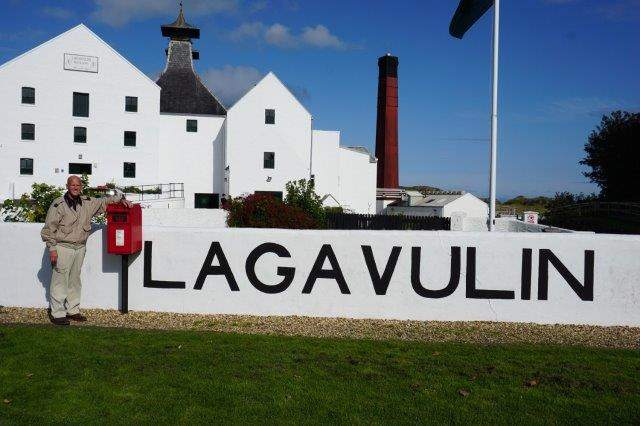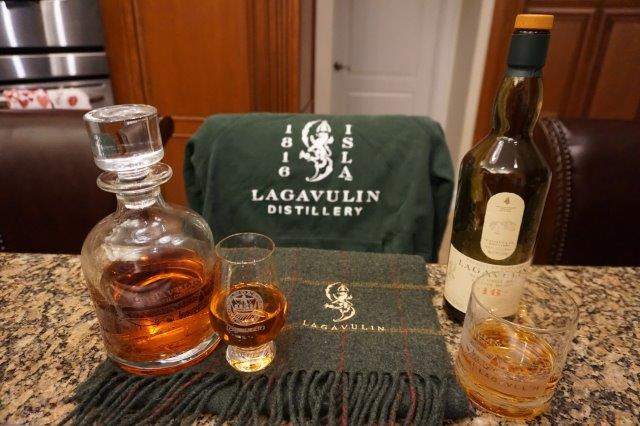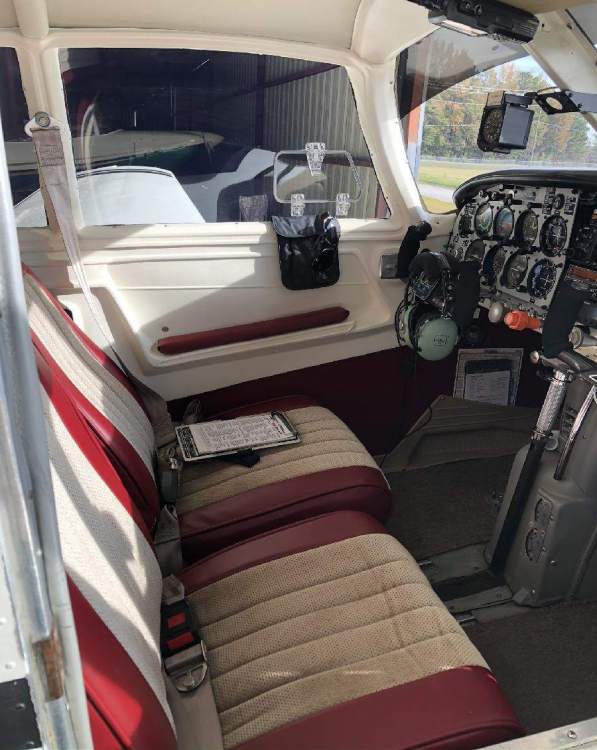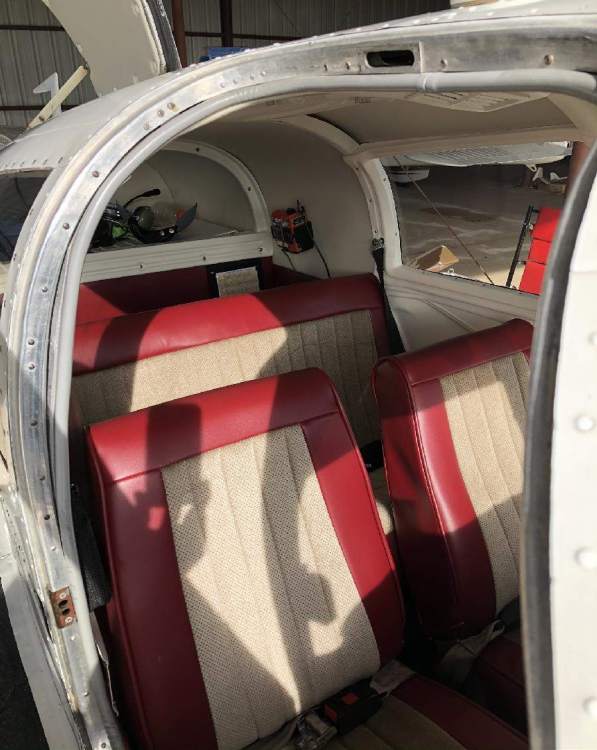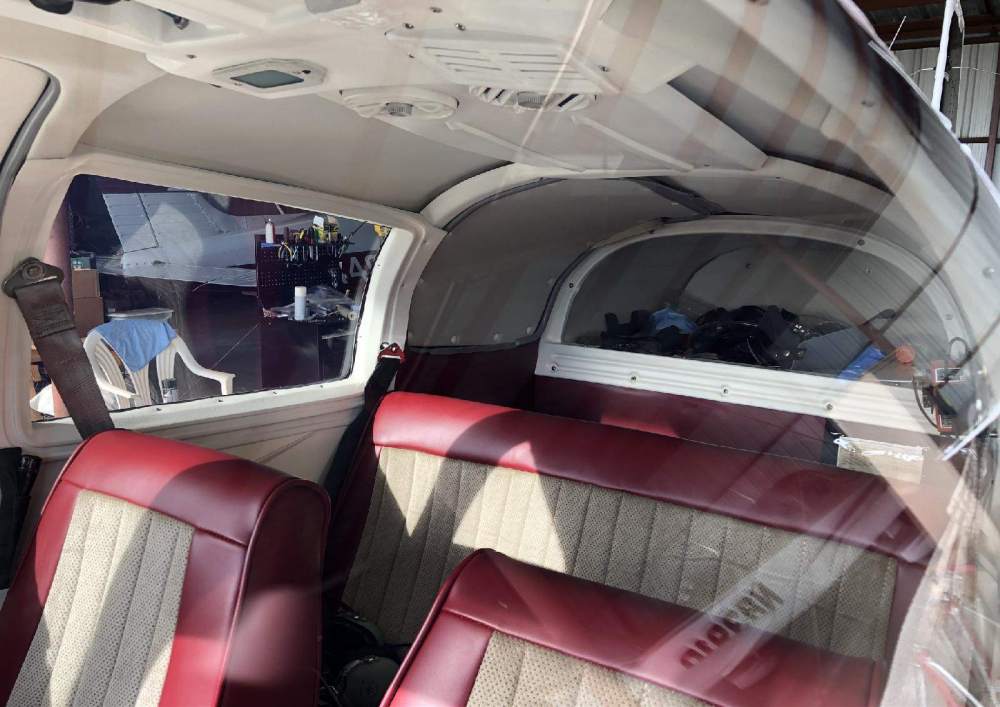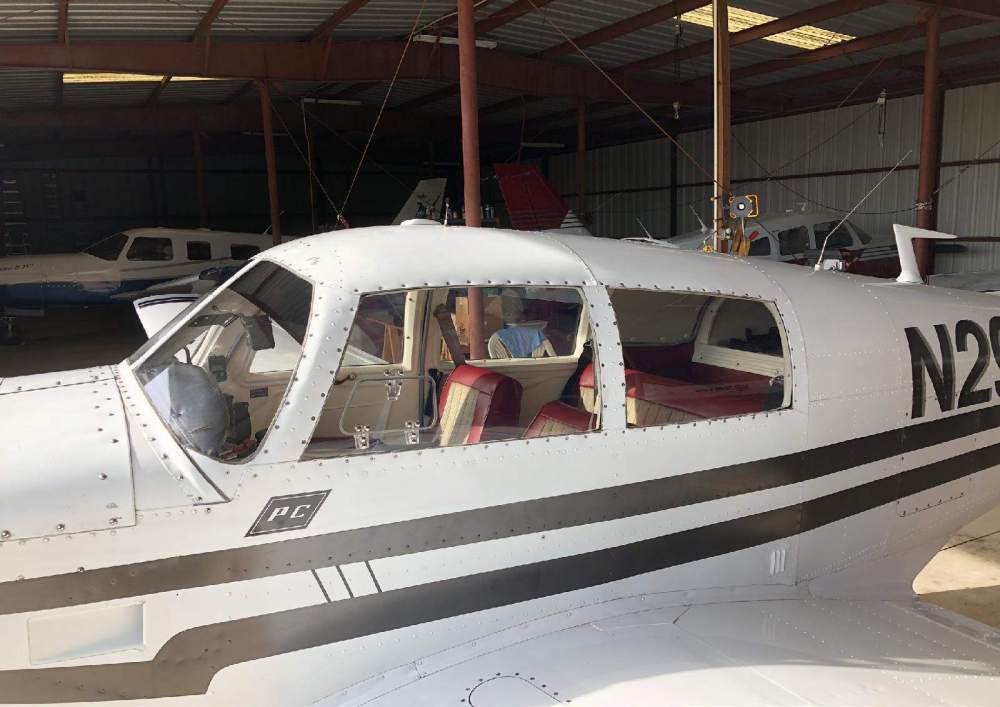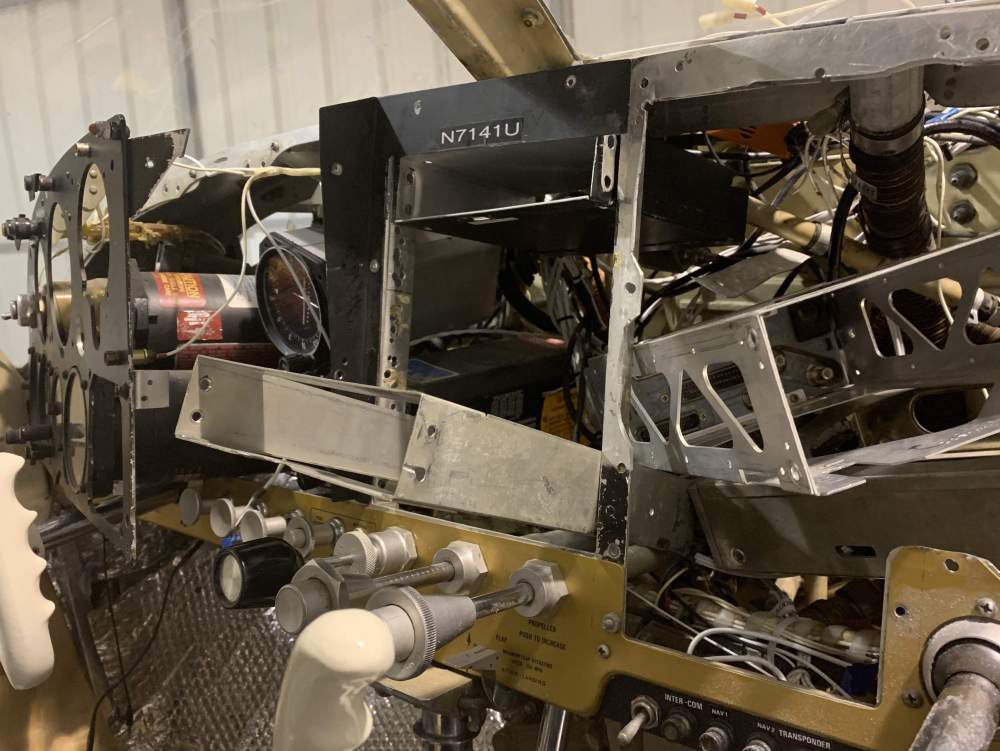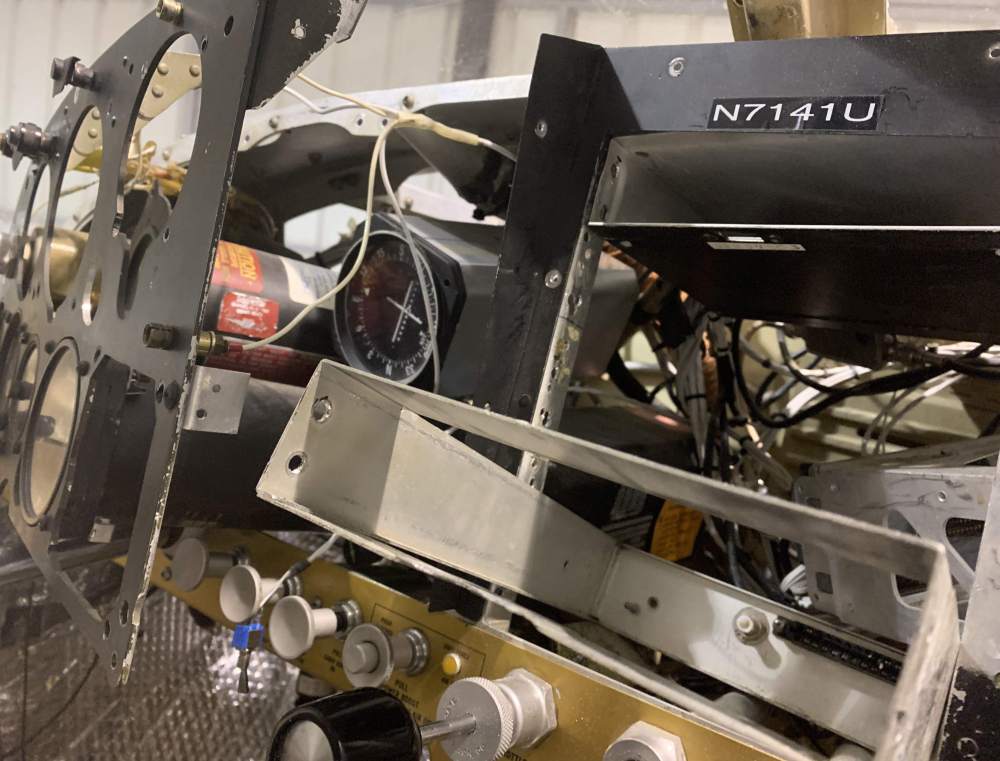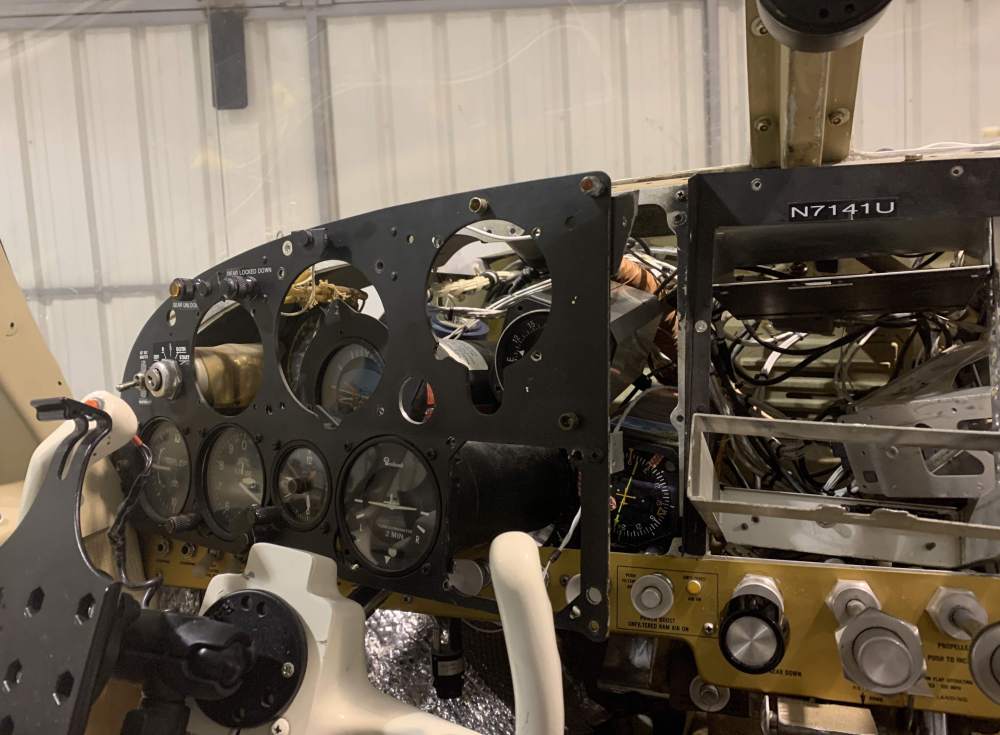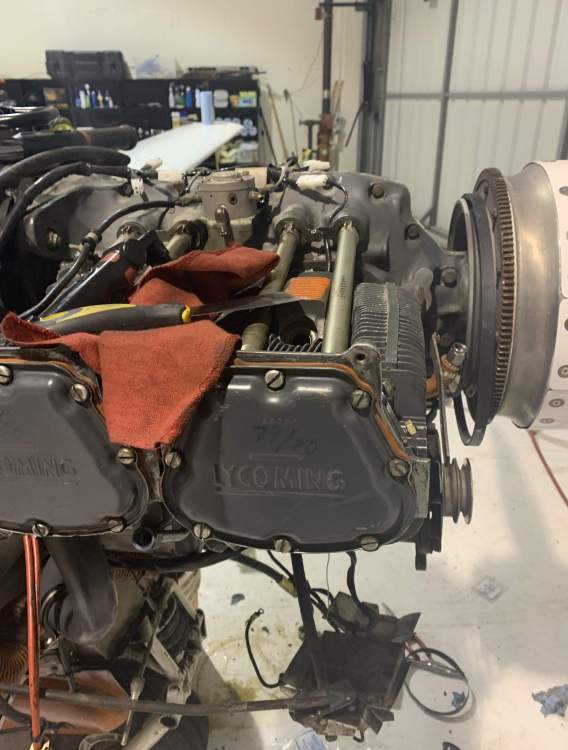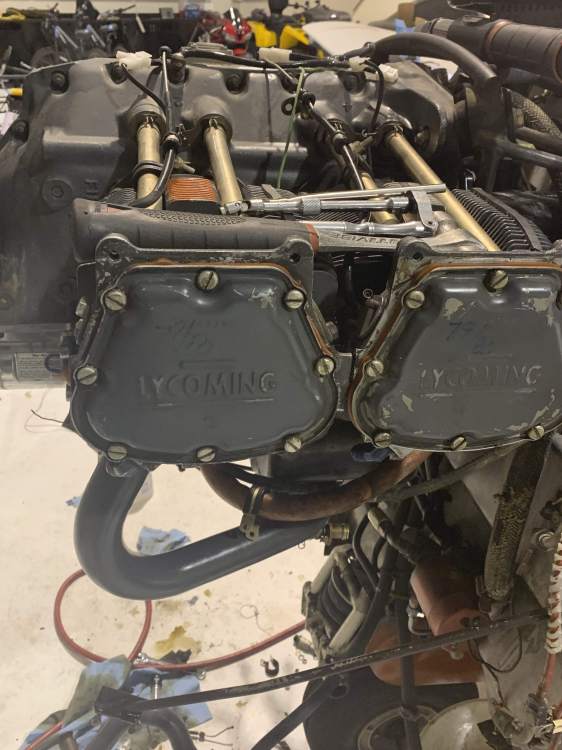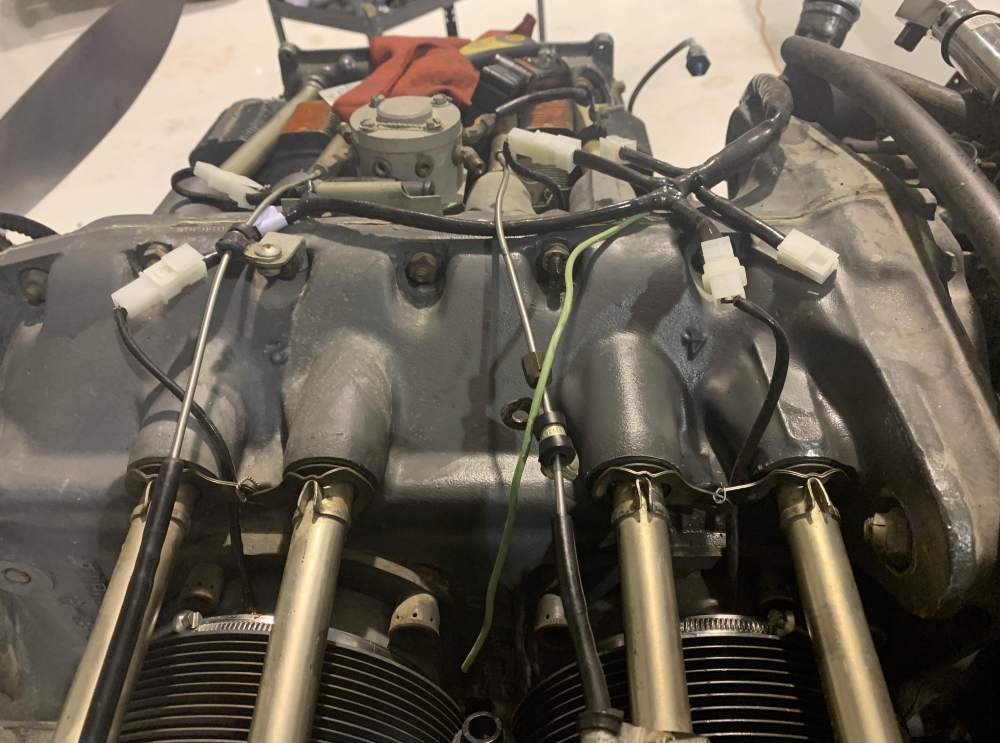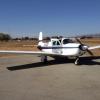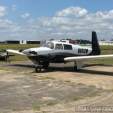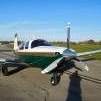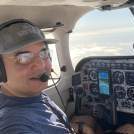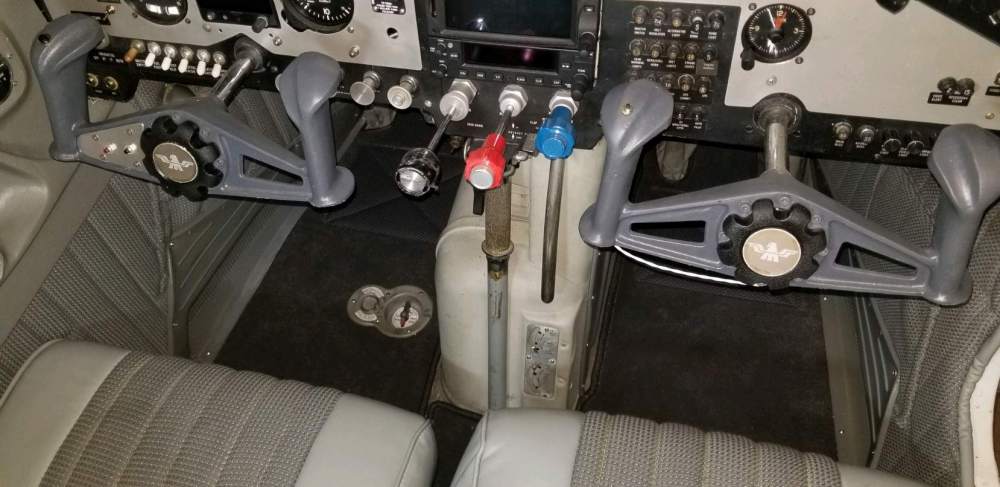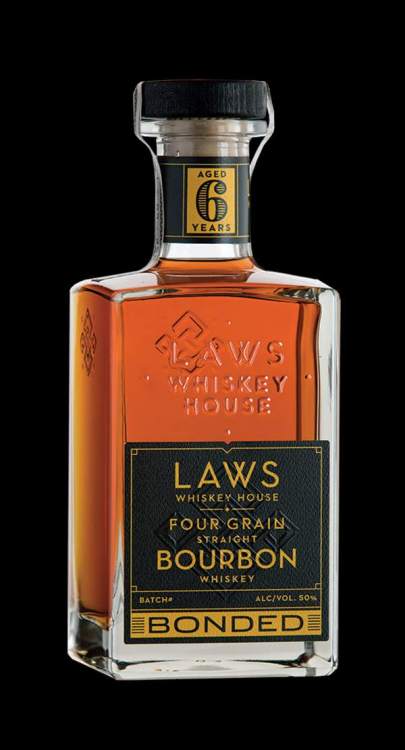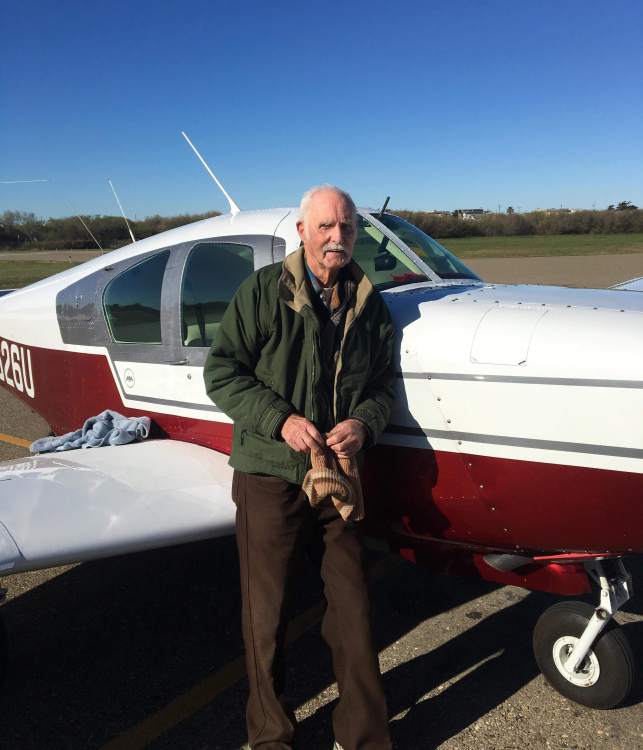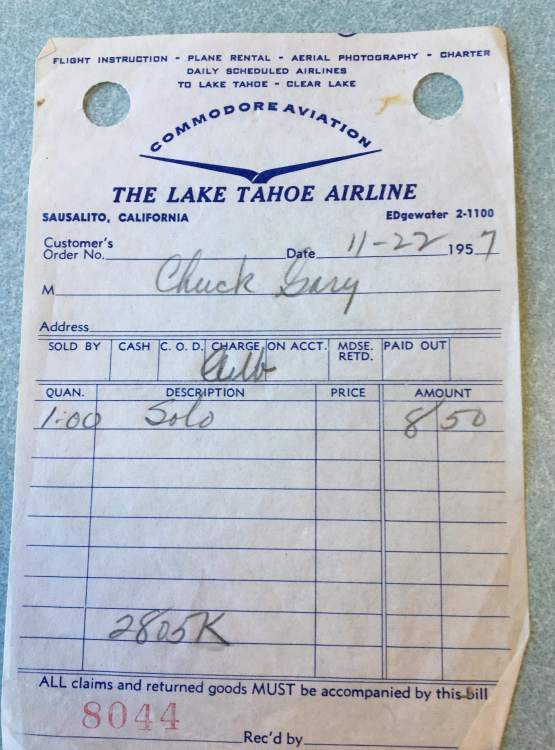Leaderboard
Popular Content
Showing content with the highest reputation on 02/10/2020 in all areas
-
6 points
-
Hi guys, its with reluctance I am now listing my 1998 M20K 252 Encore on the market. This was my "forever" bird but situations change. I have full access to very nice A36 (biz partner) and another hanger buddy has decided to sell is Super Decathlon. I have talked to a couple of people, but decided to start here since everyone here has helped me out so much. Details: 1998 Mooney M20K (252 Encore) S/N: 25-2026 Reg: N755FM AFTT: 1359.6 NDH Engine: TSIO-360-SB2 TSMOH: 837.9 (averages 200h+/year) Oil change every 25hr, Oil Analysis history for two years GAMi Injectors, 0.3 spread JPI Engine Data for the past 200-250h + SAVVY Analysis MSC Maintained (Maxwell & SWTA) No Deferred maintenance, all ADs complied with All LED (exterior) WHELEN lights, strobes Electric (factory) speedbrakes Panel controlled inflatable door seal 2017 Paint, Encore interior (both 8+) 1110.4# useful load Hangered in Conway, AR Avionics (complete overall in June 2019) Garmin G500 TXi (GDU1060) w/Synthetic Vision Garmin GTN 750 Garmin G5 (all glass backup, no vacuum) King KFC 150 w/Flight Director, Alt Pre-select, and Yaw Damp Garmin GAD 46e Autopilot interface Garmin GCU 485, Dedicated PDF Controller JPI EDM 930 CiES Fuel Senders WX500 Stormscope, interfaced with G500 & GTN750 Garmin GTX345, ADS-B (in/out) Garmin 35c, remote Audio Panel (with Telligence voice command, and Bluetooth) King KX155 Nav/Com2 SIRS compass Logs & Weight and Balance: https://1drv.ms/u/s!Aj6bITv-9cUTkYUdd8Vy_lxA8-1L3w?e=Lis2v2 $228,000 obo -Bryan bryan.brannon@gmail.com 501-472-00825 points
-
Yep, I fly a 252 based in Denver... where it's cold. But it's also high altitude. I was experiencing similar hard starts in below freezing temps. But the fix for me was to pull the mixture back about an inch. I was actually flooding the engine at full rich. What works for me... very consistently 10 seconds of prime, mixture set about an inch out for the altitude, throttle about three quarters. Crank and as soon as it fires, hit the prime again for 2 or 3 seconds. I also have an engine heater. I do find that if I'll leave the engine heater on which keeps the oil at about 65 degrees, it starts much easier.5 points
-
Toyota’s in the picture last week and Cessnas this week... Sent from my iPhone using Tapatalk5 points
-
I would call that additional and not really wasted screen ... yes it displays the same information, but depending on the placement it reduces eye and head movements which can beneficial. And talking about redundancy you have two devices with different software which will not fail with the same software bug .. Looking at the dual Aspens in comparison to a G500txi or G3X you have additional bezels that waste space which cannot be used for display area. You also cannot combine them to a single display area which limits the HMI capabilities ... At the end it is all about preferences Just my 2 cents ..3 points
-
The red box is a concept. It has fuzzy edges that vary by engine. The APS folks have always been clear about that. But I often see fellow pilots missing the point, taking it as a fact passed from on high written in stone, and then trying to skirt around the red box with undo precision as one might narrowly avoid Class Bravo with GPS. I just think that’s missing the point. A much better way is to understand the underlying principles and use them to figure out how to operate your engine safely and efficiently based on what you are trying to accomplish. I recently asked Mike Busch what power he sets for cruise, and he said he had no idea. He guessed it might be around 65% but he didn’t really care. He had figured out combinations of MAP, rpm and FF for climb, descent and cruise that balance his objectives of speed, efficiency and engine longevity and the actual horsepower produced was irrelevant. He also pointed out that people often comment when flying with him how little effort he expends setting power and mixture. Just another point of view... Skip3 points
-
I always find these discussions interesting and slightly amusing. There seems to be a lot of interest among pilots to figure out how much horsepower your engine is developing. I wonder why? Do your ever calculate how much power the engine in your car is producing when cruising down the highway? Perhaps the reason is that we are conditioned since our earliest exposure to airplanes by the power charts in the POH. All that is really necessary is to find operating points -- i.e., combinations of MAP, rpm and FF -- that get you what your want (speed, economy) and won't damage the engine. If you look at the way the airlines operated the radials at the end of the piston era, you'll find that they cruised at low power (usually around 55%) and LOP for economy and engine longevity. If you cruise ROP, you get more speed and less economy and need to watch your CHTs. Some have found that they can cruise at 80%+ power when LOP with CHTs below 400F. There is a wide range of operating parameters and the horsepower produced is only part of the equation. The only accurate way to determine horsepower produced is with some sort of direct measurement device. The big radials had built in torque meters (interestingly calibrated in BMEP - clearly designed for engineers). The power settings in the M20J POH may be the most accurate as LoPresti measured torque to determine the actual power for the 201. His goal was to get >200 mph on 200 hp and he didn't want to fudge the numbers. Anyway, the reason for this digression is to point out that all other methods of determining horsepower are approximations. So, there is no need to be super precise about something that fundamentally lacks accuracy. If you look up the engine manufacturer's data for your engine you should find a Sea Level and Altitude Performance chart for the engine. This is the standard form for figuring out HP as a function of MAP and rpm. It is generally published at best power mixture. Note that this is for the engine in a test cell. It will overstate the power in your airplane because the induction and exhaust system of an actual installation will reduce the power by some (hopefully small) amount. The power falls off somewhat when you lean to peak or lean of peak. Power curves are not generally available for these conditions. If you read John Deakin's writings, you'll find that his opinion -- and generally the position of the old APS team -- is that percent power is overrated as an operating condition. But, the APS folks made an interesting observation: Over a range from slightly lean of peak to perhaps 75F LOP, the BSFC (lbs of fuel per hour per horsepower) is very nearly constant. This leads to the observation that no matter the combination of MAP and rpm, the power can be determined by knowing the BSFC. So, if you can find a curve of BSFC for your engine, you can figure out the horsepower when LOP. If you don't have this data, the APS guys figured out a further approximation. Normally aspirated and turbonormalized engines (usually about 8.5:1 compression) they noted have a BSFC of about 0.39 lbs of fuel per hour per HP, ranging from 0.385 to 0.40. Factory turbocharged engines (usually with about a 7.5:1 compression) are less efficient, with a BSFC of about 0.42 to 0.43. The actual weight of 100LL is 5.85 lbs per gallon: 5.85 /0.39 = 15.0 hp/gph and 5.85/0.425 = 13.7 hp/gph. Note that the hp/gph is NOT directly related to compression ratio -- this is simply a means to (roughly) approximate BSFC based on observations of the performance for a number of engines. Hope this helps. Skip3 points
-
good news... We can simplify the question in the OP! For Peak... Calculating %bhp is the same for LOP... Why... because there are essentially no extra fuel molecules being used solely for CHT cooling... just like LOP. +1 for anyone that included the CR in the calculation... +1 for anyone that included the knowledge of their peak HP... -1 for anyone that only used CR as an indication of efficiency, without taking the TC or TN into the larger equation... %bhp(LOP)=f(FF, CR, max HP) Anyone using an IO550, max HP seems to be a moving target... sometimes 280, other times 310, in the experimental world it can be in the range of about 550... and the original Eagle has the albatross temporarily hanging around it’s max HP number... Most of our NA engines are using 8.5(?) Read your POH to see exactly what your engines CR is for sure... probably in the early pages. Some may be a decimal point or two, higher or lower... The CR is calculated from the volume of the cylinder when the piston is at the bottom of the stroke, minus the volume at the top of the stroke... that includes all of the gaps, down the sides to the rings and funny shape of the piston head, and cylinder head with the valves and spark plug annomalies.... The TC’d engines intentionally use a lower CR... for stuffing more fuel and air in there... The factory TN’d engines are somewhere in the middle, like the TN-IO550s... call them lightly TC’d... The Acclaim actually got a different CR than the Ovation... We have at least one MSer using the 10:1 CR in his NA Mooney... STC’d . The higher the CR, the better the efficiency... mechanically speaking... Keep in mind... the mechanical CR isn’t accounting for the TC’d compressed air being stuffed in the front... that counts too... The TC’d engine using a lower CR, is still very efficient... Ultimately, there is a third part of the discussion... that would be ignition timing... Our engines are set up for max power for T/O and climb... to avoid detonation... lots of excess fuel is being used for this... There is more room for safety from detonation while the engine is no longer producing 100% power... <65% bhp, out of the red box... In this area, advancing the timing holds some additional interest... converting the last few % of the fuel to CO2... where possible... There is lots of real world experience running an NA engine LOP, with really advanced timing... And probably a fair amount for TC’d engines as well... When striving for continuous high HP operations... We need to closely watch how things are running to avoid... The red box (piston crown holes have no compression) CHTs from going too high (surfaces missing their cross-hatches are bad) TITs from going too high (vanes turned into nubs are expensive) Raw EGTs from going too high (exhaust parts have limits too) We can increase... %hp increased MP, while ROP increased FF, while LOP increased CR, While NA’d, TN’d, and CR’d (really tough to do while flying...) advanced timing, during cruise (get that electronic mag ready) Pretty interesting that it leaves out prop efficiency... for that you need to follow up with your prop’s manufacturer... With an NA engine... the faster we turn the prop, the higher the FF is... more HP, yay! Hartzell the mfg of the TopProp indicates 2550rpm as an efficient place to run the Acclaim prop... too fast is an efficiency challenge at the tips... an air compressibility challenge... Something to look forward to... if you have an Electronic Mag and the ability to adjust the ignition timing...make sure it is reset during the Gumps checks... for GA/climb power... Well, that isn’t very clear... Mostly because my writing isn’t at the level it needs to be, for this complex of a subject... But it does somewhat indicate why it is so difficult to advance the timing of a TC’d engine while looking at E-mags... The future of efficiency will be a TC’d bird, running LOP, with the timing set further away from TDC... Remember the topic is about %bhp, efficiency is about converting the fuel to exhaust while generating the bhp.... Anyone know thermodynamics better than this? Let me know where I dropped the ball... PP thoughts only, not a mechanic or CFI... I think I may have mixed the words advancing/retarding the timing... I used advance to mean send further away from TDC... Feel free to ask me for clarification... I like being part of the conversation... Seeing if @Sandman993 is stopping by? Best regards, -a-3 points
-
well - after reading this thread beginning to end I became completely paranoid, as you do, and immediately purchased a sensorcon detector from amazon to replace my ASA dot. then I went flying to today and I'm happy to report that, over 4 flights, I got 10-11ppm on initial climb (to 3000ft) and 0-1ppm in cruise with heater on, both floor as well as windshield defrost. now the detector lives in the plane. i'll still keep the dot (i have 3 years worth of them) as backup - but glad to have a reliable and more accurate safety device on board.3 points
-
3 points
-
Was expecting a lot worse! Looks like you never were established on final. Looks like an acceptable landing and a terrible approach. But you waked away with no bent metal, so not all bad. Thanks for sharing. This weekend, at MAPA PPP, I did a greaser for my 1st landing. The instructor went on and on about how good that was. Each landing got progressively worse.3 points
-
Yesterday morning heading back to Alabama from Colorado at 9000 ft, I spied a portion of the Cimarron cutoff of the Santa Fe Trail in southwestern Kansas that has not been obliterated by posterity or the railroad. When I was in line with it, it really jumped out at me as a really long two-rut wagon trail. Then I grabbed my phone and took this photo a bit after the fact. The Santa Fe Trail was active from about 1812-1880, linking Jefferson City, Missouri, to Santa Fe, Mexico, then New Mexico after 1848. Photo looking NE.2 points
-
It's a mindset problem. Filing IFR on every flight keeps you familiar with the system and you expect to encounter IMC weather - it's not a surprise. Even if you later cancel in the air and finish VFR, you're still using the system every time. One of the reminders I really appreciated in the training I recently got from Gary Reeves was that professional pilots expect to go missed approach and they have it all set up every time to do that. I got my IFR rating in 1995 and flew every flight IFR for years. I was out of flying a few years and in just those few years a lot of things had changed - WAAS approaches for one. The additional training I've been getting has been helpful in getting my IFR mindset back where it was 15-20 years ago. The capability I have on my panel today vs. mid 90's is amazing, but it's usually the pilot that's the weak link, not the equipment.2 points
-
I'm very hesitant to disagree with the Professor... During normal operations... what is the G5 displaying, that isn't also being displayed on the G500 TXi? Or what data is the G5 giving you that the G500 TXi isn't? I'm not the expert on that system, but I don't believe there is any reason, during normal operations, for the pilot to be looking at the G5. I understand that it's required by the GFC500 and it's required if the G500 TXi fails. But during normal operations, it's not providing anything the G500 TXi isn't already providing. To me that is a wasted screen. Again, just my opinion. In the Aspen world I have one screen as the PFD (AI + HSI) and the other screen as the MFD. Both are useful during normal operations. In the event of a failure of the PFD, the MFD drops it's MFD functions, which are more "nice to have" than required, and becomes the PFD (AI + HSI). To me, this is a better use of panel real estate. Again, just a personal preference.2 points
-
I'm guessing this was on an approach to land or for a departure, not any kind of cruise altitude per se. Here's a tip for everyone. When filing a PIREP for ice (or turbulence), be sure you give the altitudes or range of altitudes you were accreting ice or experiencing turbulence. Don't just say, "icing on climb out". That's because the Current Icing Product uses our PIREPs to help it do a better analysis. And "icing on climbout" with a FL016, for example, would just strengthen the icing potential at 1600 ft MSL, not through the range of altitudes experienced.2 points
-
Only a Brit would think to ferment the bushes planted as a ground cover around the house . . . .2 points
-
My comment was a little "tongue in cheek" but I don't like the requirement to have to screens, essentially the same, where the second is only there for backup. There is another solution that doesn't require that sort of backup and it's Aspen. I have have an Aspen PFD and an Aspen MFD installed in my panel and no other back up required. If the PFD fails, the MFD becomes a PFD and provides the backup. In that case the MFD is gone, but it's not required anyway. Garmin has always required a backup for the PFD (AI) that isn't the MFD. To me, that's a waste of screens and real estate. Of course, just my opinion and personal taste.2 points
-
Shout out for the great CFI work that Parker Woodruff did for me over the weekend. Spent over an hour answering my noob questions on the drive out to KGGG and many hours in the air teaching me the ways of the Mooney. Was even nice enough to grab the one-way car rental and pick me from KDAL! Genuinely a nice guy and skilled instructor. And oh yeah, I was afraid to jinx it but I now have N5675Q in my stable! Brought her back from Don Maxwell over the weekend to Phoenix. My co-pilot of ten years has bequeathed the name "Goldilocks" upon her.2 points
-
the formula for calculating the FF multiplier is based on EGTrend Inc. Inc. 2004 test data. FF Multiplier = 1.1604 * Compression Ratio + 5.030 The formula is based on a best fit line on the known values of 14.9 for 8.5 CR, 13.7 for 7.5 CR and 13.53 for 7.3 CR the actual calculations are a little more complicated using BSFC values2 points
-
I work for these guys [emoji41] Sent from my iPhone using Tapatalk2 points
-
2 points
-
Lagavulin 16 poured from my Lagavulin decanter into one of my Lagavulin glasses, sometimes wearing my Lagavulin sweatshirt and scarf. I had the privilege of visiting Islay last May, and as my wife said, I bought out the gift shop. I have enjoyed Islay Scotch for fifteen years, and Lagavulin is clearly my favorite. In one of the photos you can see Iain MacArthur, the master distiller who retired last year after fifty years in the business, but not before teaching me a Distiller's Masterclass. In another picture is a piece of peat moss, cut from the bogs, which is used to roast the barley. Went to some of the other distilleries, had a wonderful time, but for me, nothing beats Lagavulin. There are other versions of Lagavulin; the Distiller's Edition is wonderful. A bottle of Lagavulin 25 costs one AMU. By the way, ice does not belong on airplanes or in single malt scotch, and if I thought there was more than a drop of water in the fuel, I would sump it.2 points
-
Hi everyone- just want to share some photos of the new interior that we finished this past weekend. My co-pilot and I did all the work except for the seat upholstery. The new side windows are great. Solar gray with UV control all around. Not sure when it was last re-done but it was time for an update. The 52 year-old no longer smells like an old DeSoto with straw-filled seats!1 point
-
A new alternator is like 500$ while the diode Bridge is 21$1 point
-
We installed it. Worked fine on our '67 C, except for a bit of a gap along the aft-bottom portion of the door. We shimmed up the thin aluminum angle along the bottom of the door with a piece of gasket material to close that gap, and now that seal works great. A previous owner had installed a HD special. My co-pilot's shirtwaist kept getting sucked out under the door! The new seal and shim stopped that from happening.1 point
-
Thanks all. Title edited per suggestions. Hank, thanks for the recommendation. I will investigate!1 point
-
We've a distillery here called Watershed that puts out a fine Bourbon.1 point
-
I start io-550 like this; full throttle full rich, fuel boost pump on high; count to 5. Turn boost pump off Close throttle, crank and hear it purr.1 point
-
Congrats ziggy! great job getting the transition training! Parker is becoming the quintessential MSer! From his days in Upgrading and flying one of the finest Mooneys, to training MSers, to starting his own business insuring Mooneys... Go Parker! Best regards, -a-1 point
-
Welcome aboard Cassity! +1 on your decision to get qualified Transition Training! See if Paul Kortopates is a good match for your needs. @kortopates Paul flys an M20K as well. But, might be geographically further away... Jeev is an excellent MSer in your neighborhood... that has an aviation business... Best regards, -a-1 point
-
The constant is 13.7 for turbocharged and 15 (14.9) for normally aspirated, according to my materials from the APS seminar.1 point
-
1 point
-
1 point
-
I guess I can answer your questions I have 1978 20J and I replaced headliner along with door plastic in 2017. The company that has the parts for M20J (and all other popular makes and models) is Plane Plastics. They have a catalog with pictures for all the parts you need. Apparently, they recently updated their website and whoever set up their new environment wasn't a great IT person. I am getting a certificate error while accessing the site, but if you use Edge or Chrome, you can bypass the warning (not so with Firefox). Anyways, I give you a link to the plastic parts of 1978 20J below, be ready to see "the site is unsafe" warning. If you prefer to call, their number is (866)307-5263 https://vantageassoc.com/airplane/mooney/m20/1978m20j240378thru240763.html One thing to remember: hire a professional to do the install. Ordinary A/P won't be able to do it. It takes a lot of tweaking and playing with heat gun to massage new plastic into the plane, for each plane is unique while the parts come off the same moldings.1 point
-
I’d stay inside of them. They would prevent a safe return if you flew around them. They are close, but we briefed we’d stay inside the hills to the south. -Matt1 point
-
I now have some time flying with the PC and it makes it much more docile to fly. I can simply trim it out and take on a heading and use a little rudder here and there and easily hold course and altitude. It’s tiring to fly without it. The PC was put on at the factory for a reason. I’m still ready to Trutrak it though.1 point
-
Thanks. Up to 34 replies now...68 lights. Very cool. :-) Hopefully this stimulates some action.1 point
-
It did. Came off a J. And I checked when I got home today. The pins are both latching. It's flush on the outside of the airframe. I might try some of that marine foam seal on the airframe, see what happens. I noticed in the past that if I moved my CO monitor around, it's always higher in the back than the front. I wonder if the suction created by that gap is pulling in air from the tailcone.1 point
-
Search “air pressure snubber”, they are ~$12-15. No need to call jpi, they don’t provide them.1 point
-
It’s les efficient. mostly because of the lower compression ratio. I think the LOP HP numbers are only accurate to about 50 LOP.1 point
-
1 point
-
Wow. That is a heck of a crosswind. You had a decent correction on short final but it seemed like the crosswind pushed you sideways during the flare. No bounces though so not a bad result!!1 point
-
1 point
-
I'm a member of both. EAA for the local group and Young Eagles, AOPA for their work in Washington--the larger their membership is, the more attention they receive.1 point
-
NASA says 30% of VFR into IMC fatalities are instrument rated pilots. Why do you say "MOST" are IFR rated?1 point
-
You might not have to join EAA to do the project, but you should. It's an excellent organization that does a lot to help all of General Aviation, the magazine you get is great, plus you get access to all kinds of additional resources like the Solidworks software. EAA does for "regular" people like us what AOPA used to do for us. If you're going to join an aviation group, make it EAA.1 point
-
1 point
-
My wonderful co-pilot this morning was Chuck Gary [90 years young]. Chuck got his Single Engine Sea rating in May of 1957, out of Commodore Aviation based at Sausalito, California seaplane base, in Luscombe 8E, 2805K, s/n 5532. Chuck soloed at 11.50 hours. Over the next several months, Chuck accumulated a total of 60 hours in the Luscombe and a Piper Super Crusier PA-12S. Chuck began his short flying career at the suggestion of his brother, George Gary, who was Eastern Regional Director of the FAA during the 1960's. Upon Chuck's marriage, he and his bride made a decision whether it would be airplanes or horses..............they chose horses and lived happily ever after ! I will say, based on today's experience with Chuck at the controls once airborne, one never forgets the feel for flight, even after 63 years! A great time today with a fine gentleman!1 point
-
Bendix King announced today that the AeroCruze 100 (TruTrak) will begin shipping this Friday, February 7, 2020. . . just kidding.1 point
-
For less than the price of fuel, or an erroneous guess at which box is bad, I can guide you or your local tech to the actual problem quickly. I've spent the last 4 decades at an avionics facility, with factory training, performing component level repairs on the bench, helping people all over the world like this. If any repairs of components are needed, I now work directly with the technician we would go to before and during the repair. You will also learn things about your system that will help you operate it, and diagnose any issues that may crop up in the future. webairconsulting.com1 point




